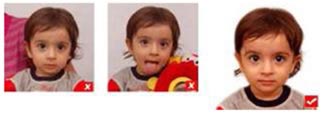Welcome to India Visa Application Center China

Journalist Visa is issued to a professional journalist, a press person, a film- person (other than commercial), a representative of a radio and television organization and similar personnel in the field of information such as travel writers, travel journalists, travel promotion photographers, television producers, advertising, commercial persons and those who write on fashion, costumes and sports.
Note:
a. The applicants are required to contact on arrival in New Delhi, the External Publicity Division of the Ministry of External Affairs and in other places, the Office of the Government of India's Press Information Bureau, so that they could be given necessary assistance in various matters including planning their itineraries.
b. There is no requirement for accreditation for journalists on brief professional visits to India, but temporary accreditation may be extended for journalists from reputed media organizations, if so requested by them. However, all journalists on long-term assignment in India are obliged to apply compulsorily for accreditation with Press Information Bureau (PIB), when they are based in Delhi. This can only be done after arrival in India.
c. J visas are extendable after arrival in India, for representatives of established media organizations, on the basis of letters of nomination specifying the duration of assignment and provided they hold valid PIB accreditation. Extensions are issued for upto one year at a time. Visa extensions are issued by the FRRO (Foreigners Regional Registration Office) in the city where the journalist is based.
| Provinces | Municipalities | Autonomous Regions |
|---|---|---|
|
|
|
All Payments are accepted in cash and Alipay only. Payment through bank cards will not be acceptable at the India Visa Application Center.
Visa Fees : Click here
Service fees: RMB 49 (inclusive of taxes)
The service fee includes: courier service, SMS service, document photocopying, form-filling service, and photo service
ICWF fees : RMB 22.00 (inclusive of taxes)
Required Documents
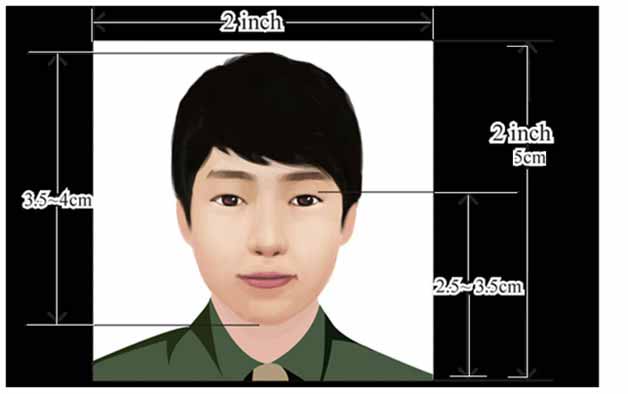
All photos must meet the requirements listed below. If these requirements have not been met, the applicant will have to deliver a new photo that meets the requirements. The photo requirements are the same for children as for adults.
The Photo shall:
Lighting on face and background
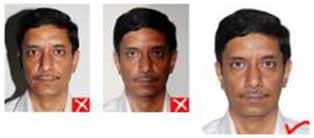
Photograph Print Properties
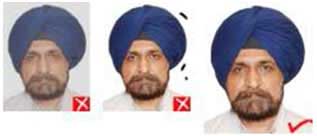
Head & Eyes- Position and Background
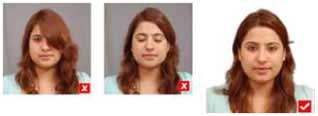
Eyeglasses
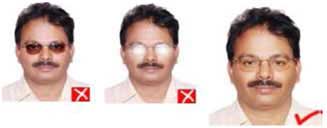
Head coverings:
Head coverings are not permitted except for religious reasons, but the facial features from bottom of chin to top of forehead and both edges of the face must be clearly shown.
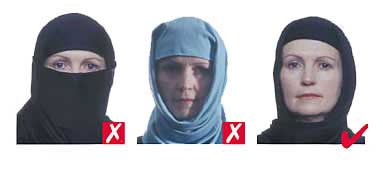

Exposure and Lighting
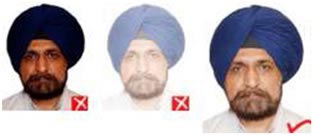
Flexibility in Children’s photographs
